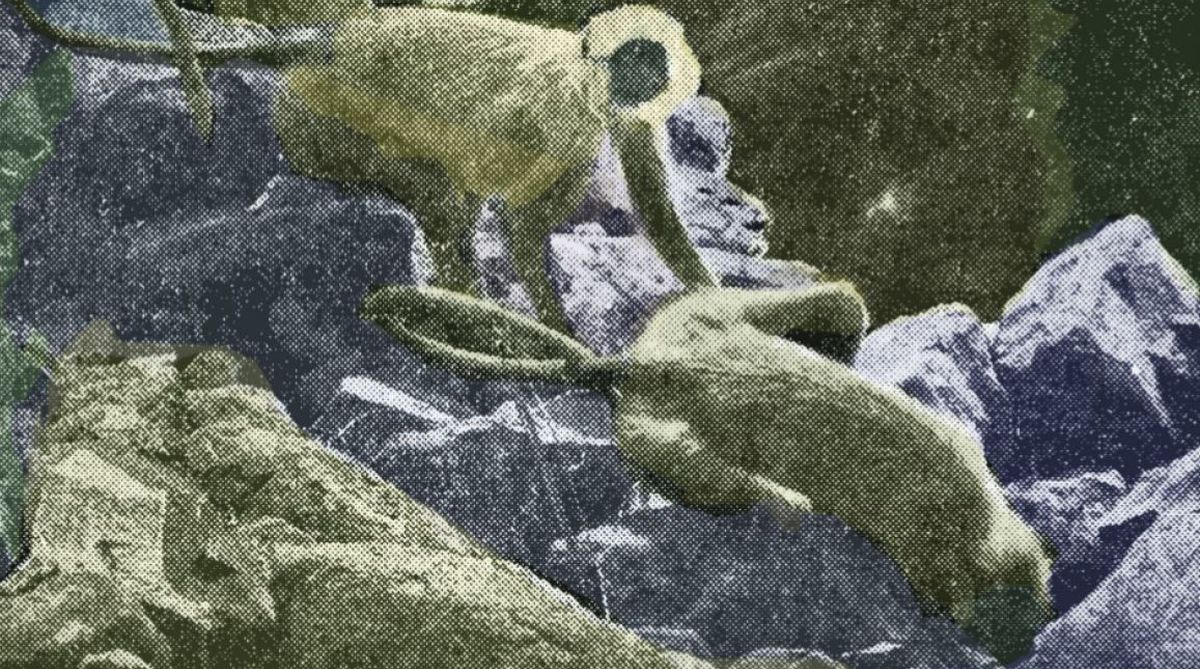During the past 30 years there has been a great change in our attitude to monkeys. Everyone knows, of course, that with the great increase in our population and its inevitable consequences, even in our country which is the land of the Ramayana, religious sentiment has weakened and that both in the countryside and in the suburbs (and even around shrines) people have become much more intolerant of monkeys and taken stern measures to suppress them. But few, even among our conservationists, seem to have noticed how indifferent public opinion and administrative vigilance have grown to the destruction of monkeys in places where they constitute no threat to crops.
Let us consider how this change has affected the forest living Common Langur, the only monkey with an all-India distribution. Being essentially a forest animal, it is not to be found around towns and agricultural settlements and does no harm to crops; it is true that in forest- side orchards it raids fruit trees, but I am not writing of this monkey in such localities. Some years ago I pointed out in The Statesman how the langur, which used to be quite a feature of the hilltop shrine of Sholinghur in the South, has been completely exterminated there by hunters.
Note that the langur has always been hunted by men for forest tribals, such as the Kurubas, fancy its flesh and hunt it, usually by means of nets or snares. In Sholinghur, which is a Vaishnavite shrine, the langur enjoyed protection for generations and was almost tame; even where they have been living for a long time unmolested by men, langur never become a threat or a nuisance to pilgrims and others, and at Sholinghur they just used to sit on the rocks or in trees near the steep path up the hill, and never begged of the pilgrims or otherwise annoyed them.
Then a quack arrived on the scene, and started trade in a langur- flesh lehiyam which he claimed was a sovereign remedy for tuberculosis. Within two years, every last little langur in the area had been hunted down by his men and converted into lehiyam. I should add that until I went to Sholinghur and investigated matters and made a report, the officials in charge of the wildlife of the area did not know that such a thing had happened.
All over India, in sanctuary areas in Uttar Pradesh, Madhya Pradesh, Bihar, Orissa, Andhra Pradesh, Mysore and Tamil Nadu the Common Langur is exceedingly shy or men, no doubt with good cause to be so. It was, therefore, a delightful surprise to find the monkey exceedingly confiding at the Taroba National Park of Maharashtra, around the lodges at the lake.
The shrine of Tadoba (properly speaking, the name should be the Tadoba N.P., and anyway the small, tree-based shrine is still “Tadoba”) which is a mere open platform, is not the cause for the langur here being so trustful of men; no religious sentiment or tradition is involved since this is not a Vaishnavite shrine.
It is merely that here no one bothers the langur. And I turn the langur bothers no one here. They do not press themselves importunately on the humanity of the area, as honest monkeys and rhesus do, but go quietly about feeding on the forest produce and keeping themselves to themselves. They only complaint that I heard about them was that they eat the seedlings and young plants in the ornamental garden attached to the resthouse at the sanctuary.
Since much expenditure has already been incurred on the lay out and stocking of this garden (mainly with exotic garden plants), the sanctuary authorities are thinking of ways and means of discouraging or driving away the langur.
I wish they wouldn’t. Ornamental gardens can be laid out and richly stocked with exotics anywhere in urban areas (in Chandrapur, of example, the nearest big town) but the authorities seem unaware of the importance of their langur, one of the very few communities of the monkey now left in India which still has trust in men. I think the star attraction of Taroba Nationa Park is really its langur, for only in this sanctuary do we still find the monkeys confiding. It will take very little aggressive effort to make them forfeit their trust in humanity.
This was published on 29 June 1969.











